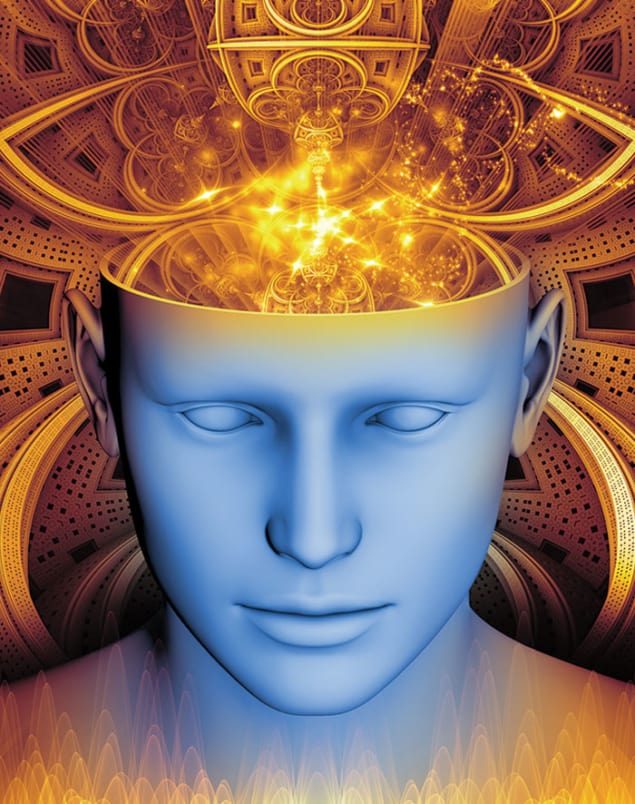A collection of essays about “surprising science” and a primer on quantum entanglement, cryptography and nonlocality, reviewed by Margaret Harris

Science comes full circle
The belief that scientific disciplines exist on a spectrum of “purity”, with physics and maths at one end and psychology and philosophy at the other, is fairly widespread – especially, it must be said, among physicists and mathematicians. But there is also an alternative view, one that treats science not as a linear spectrum, but as a loop in which the deepest problems in physics turn out to have philosophical roots, and vice versa. This second view is elegantly illustrated in At the Edge of Uncertainty: 11 Discoveries Taking Science by Surprise, which begins with a chapter on philosophy’s most physical problem – human consciousness – and concludes with one on the most philosophical question in physics: the nature of time. In the intervening chapters, author Michael Brooks writes about surprising discoveries in genetics, cosmology and many other fields with the same clarity and verve that made his earlier book in the “unsolved questions” genre, 13 Things That Don’t Make Sense, a bestseller back in 2009. Answers to some of the questions in At the Edge of Uncertainty may be closer than others. In the chapter on human consciousness, Brooks writes that “psychologists and neurologists are, in many ways, like Darwin aboard the Beagle, still gathering specimens and making observations”. On the other hand, he suggests that the Big Bang model of cosmology – or, as he disparagingly calls it, “Big Bang plus inflation plus dark matter plus dark energy” – could collapse under the weight of successive “fixes” in less than 10 years. It’s worth noting that Brooks’ paradigm-shift-o-meter has been faulty before: one of the 13 “nonsensical” things in his earlier book, the so-called “Pioneer anomaly”, has since been explained without the need for a new theory of gravitation. But when you write about cutting-edge science, a few incorrect predictions are probably inevitable – and when you do it as well as Brooks does, they’re forgivable, too.
- 2014 Profile Books £12.99pb
From the horse’s mouth
When writing about quantum physics for a general audience, most authors still focus on the events and ideas of the 1920s and 1930s, when the likes of Niels Bohr and Werner Heisenberg brought forth a new physics base of ideas about uncertainty and wave-particle duality. By comparison, popular-level explanations of the “second quantum revolution”, which began in the 1960s with John Bell’s work on nonlocality, are often somewhat cursory. Not so for Quantum Chance: Nonlocality, Teleportation and Other Quantum Marvels. Written by Nicolas Gisin, a physicist at the University of Geneva, Switzerland, and a prominent figure in this ongoing second revolution, the book contains few equations. At just over 100 pages, it is also rather short. But brevity and mathematical simplicity can be deceiving, and this is definitely not a book for absolute neophytes. Indeed, even experienced physicists may find that certain passages (such as Gisin’s initial description of why, in the absence of nonlocal interactions, Alice and Bob cannot win a Bell-inspired “game” more than a certain fraction of the time) do not sink in on a first reading, or even a second. However, those who want to deepen their prior understanding of quantum entanglement, cryptography or teleportation should stick with it. For topics as complex and important as these, the rewards of even a limited increase in understanding are significant.
- 2014 Springer £15.00/$19.99pb 109pp



